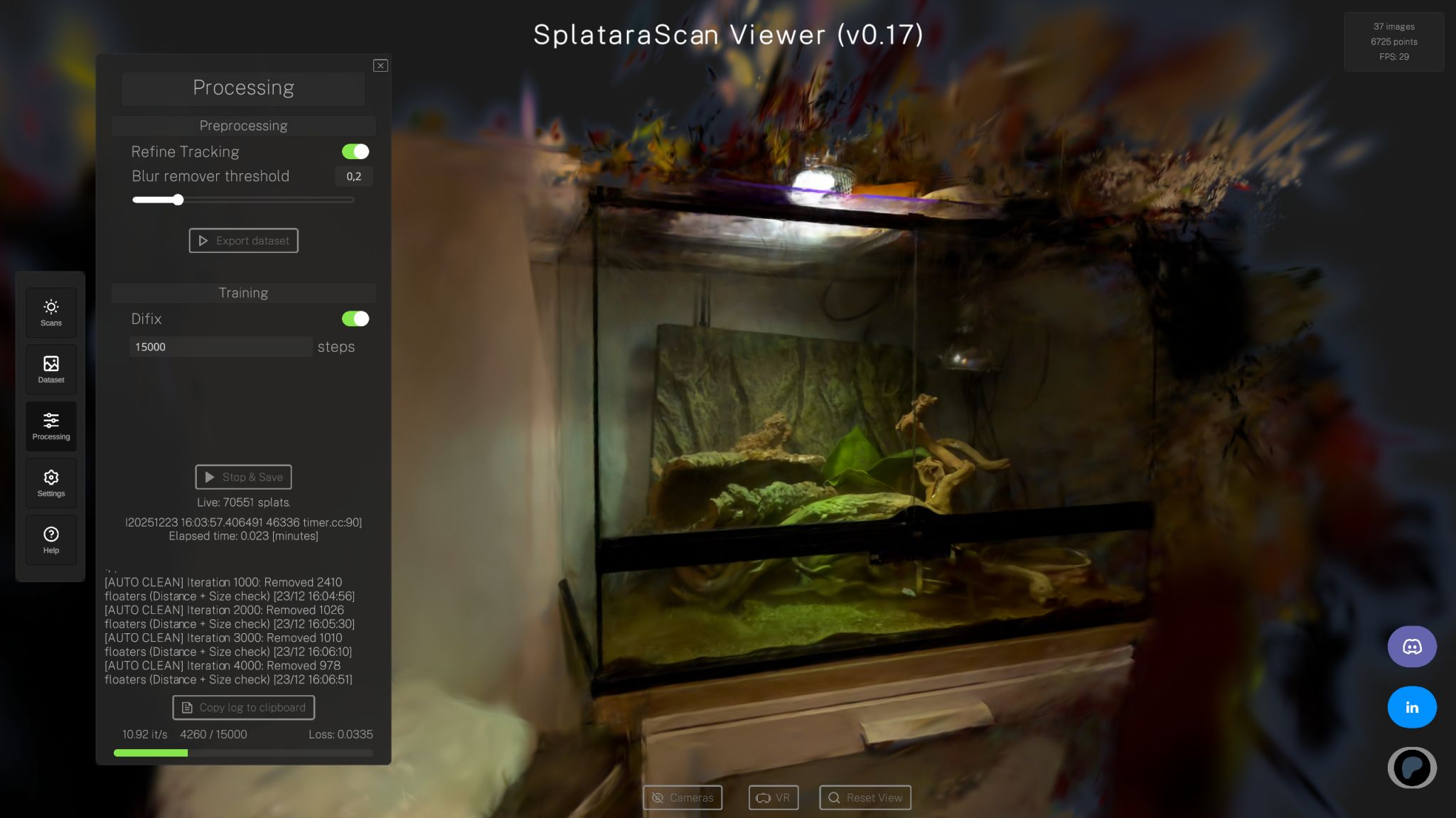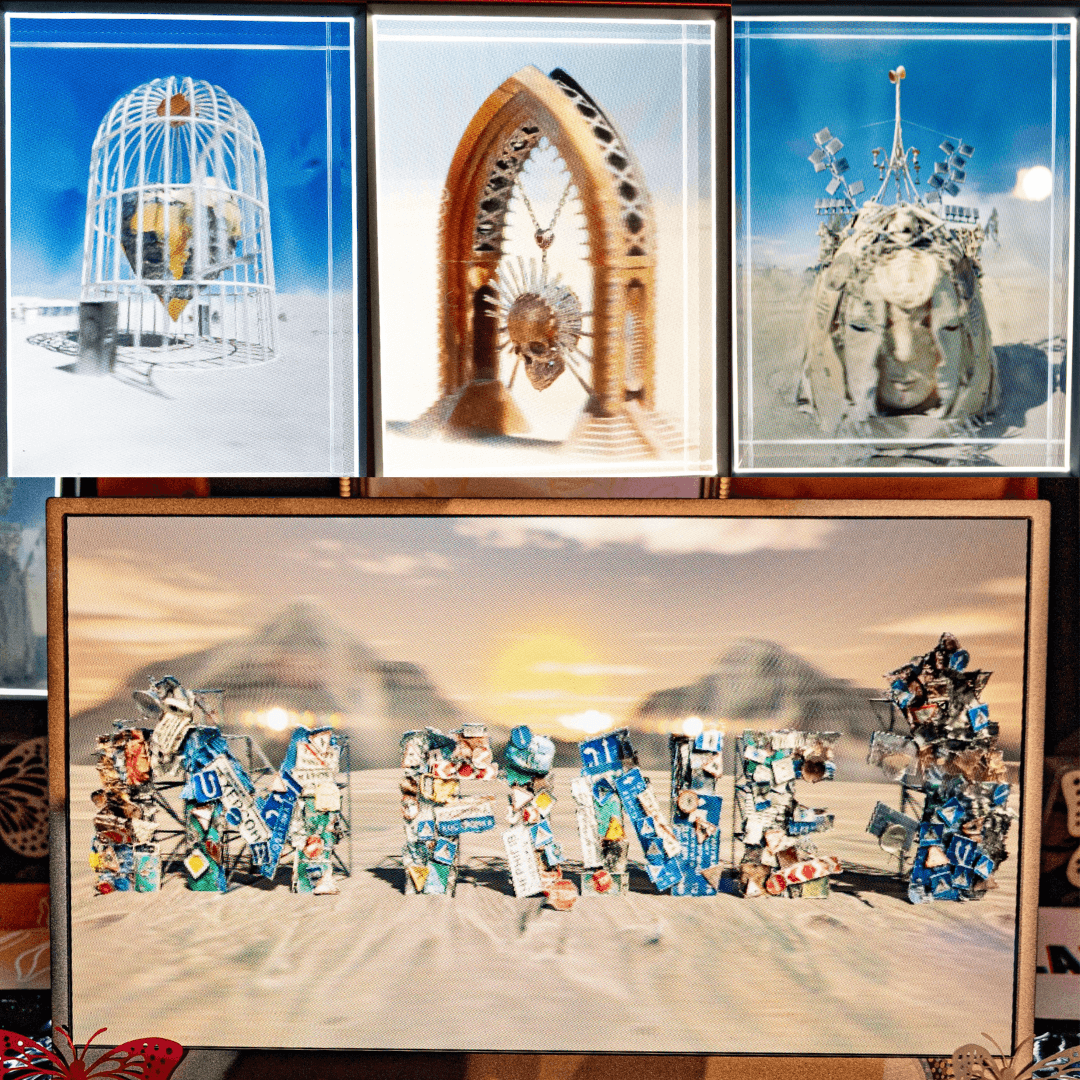
Michael Rubloff
Apr 24, 2023
NeRF on Android has been a hotly requested feature ever since Luma AI launched on iOS. However, there's a way to upload your Android captures right now and it's extremely easy!
Through Luma's web platform, you can upload any video or still images packaged as a ZIP file and it will create a NeRF as long as the dataset is good.
Go to Luma's website and sign in.

Once you're signed in, navigate to the top banner

This will open a sub window with an upload menu

Make sure that the file you want to use is in a recognizable file format. Upload the file that you wish to have NeRFed and click "Upload"
Wait 15-30ish minutes and you have your NeRF!
Some tips to be aware of from the Luma site:
Video
Disable HDR when capturing videos
Capture a scene or object by going around in loops
Ideally, capture in loops from 3 heights: phone at chest level looking ahead,
phone a bit above the head pointing a bit down to the center of the scene,
and finally from knee level pointing upwards a bit.Capture slowly to reduce blur
You can either upload a normal video or an fisheye video
Maximum the size of the video can be 5 gigabytes
Images
Supported image formats
jpg .jpeg .png .gif .pgm .ppm .tga
HDR - .exr
RAW - .cr3, .dng
Make sure the zip contains same kind of image formats
You can either upload a zip with normal images or with fisheye images
Downsample the images if you hit 5 gigabytes limit using tools available
Maximum the size of the images zip file can be 5 gigabytes







